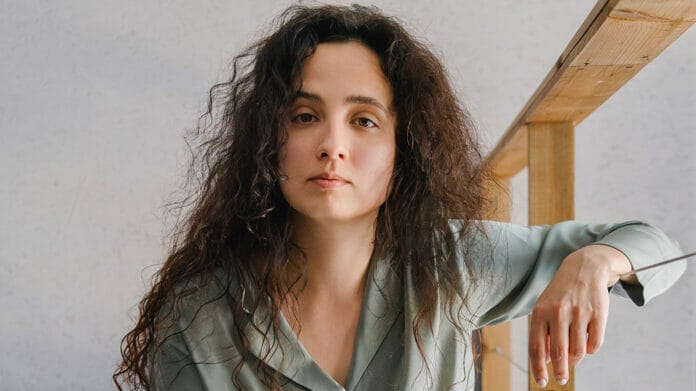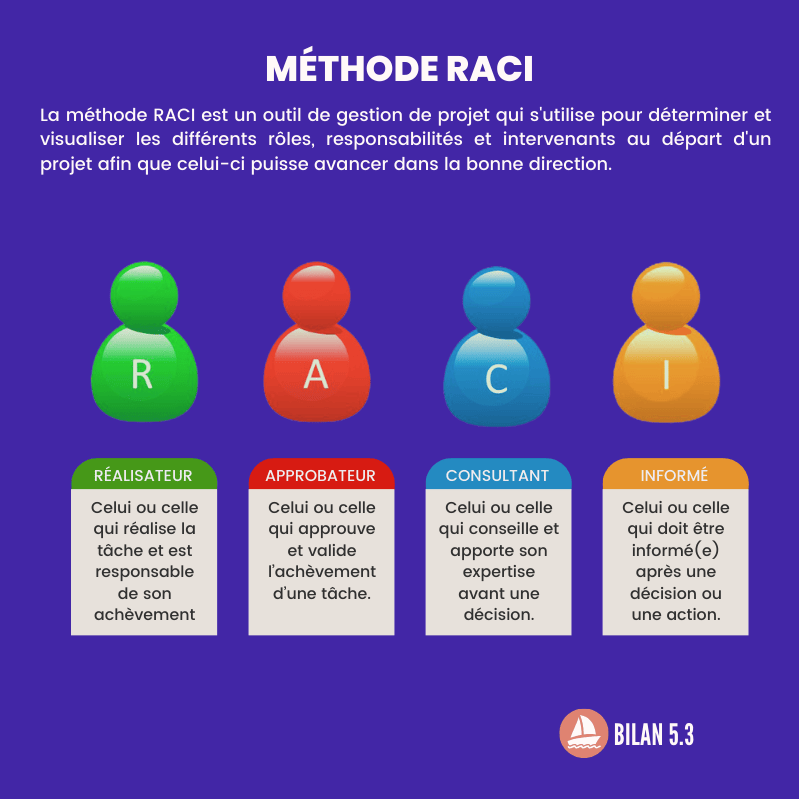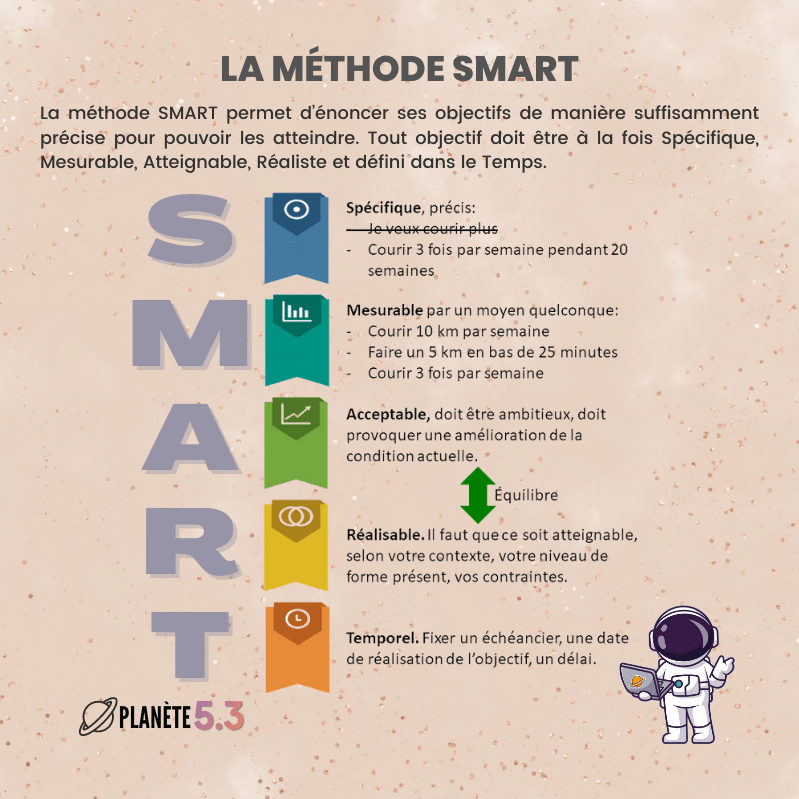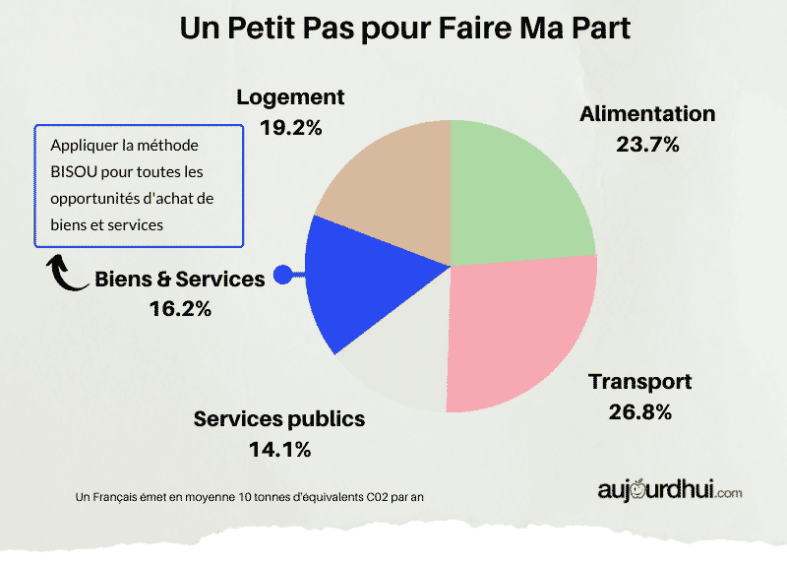Reiki is a gentle therapy based on relaxation and the to touch. The practitioner, in a state of meditation, proceeds to light impositions of hands on different parts of the patient’s body, which by resonance, will enter into deep relaxation.
“The resonance effect makes it possible to trigger a sensation, a feeling or an energy that one already has in oneself but which is dormant. A bit like when you find “fishing” after spending a moment with a friend in great shape, when you were tired or depressed just before seeing him “, explains Estelle Ivanez, master teacher at the Reiki institute, secretary general of the French Federation of Traditional Reiki.
Reiki was discovered in the 1920s by Mikao Usui, a Japanese meditating Buddhist. The latter died leaving a few written snippets of his method without having had time to finish developing his practice, nor to train competent people. It was from there that some people took hold of the embryonic method of Mikao Usui and transformed it into a magico-mystical practice of healing from all diseases by simply touching the hands and / or transmitting an “energy”. healing or life ”. The door was open to all charlatans and all abuses. But the real practice is in fact based on learning to know oneself and the search for a well-being in oneself.
Look for energy in oneself
The goal of Reiki is to restore mental and physical balance in order to provide lasting well-being. Meditation makes it possible to accompany the person, so that he can in himself his own strengths to better manage his emotional state and to face his internal conflicts or the disease … “We learn to seek happiness in oneself rather than “outside and we are happier, more serene, stronger. In short, we suffer less since happiness is the absence of suffering”, specifies our expert.
All people who suffer from back pain, headache, stomach pain, insomnia (which is psychosomatic) or stress (distressing situations, announcement of a diagnosis …) can benefit from it.
Reiki also makes it possible to untie knots, physical and psychic tensions, to find serenity and to take a step back from the difficulties of life in general. And quite simply to flourish.
Care based on touch
The first session begins with a discussion in order to get to know each other and to expose his problem or his suffering. “It is also an opportunity to verify that the person is not coming with the aim of substituting Reiki for medical treatment or psychotherapy, for example”, specifies our expert. Then, we lie down dressed, we close our eyes and the practitioner enters a state of meditation. He then places his hands for a few moments on the top of the head, then the face, the shoulders … and slowly descends to the feet, these areas correspond to energy centers. As we go, we breathe more calmly, more deeply and we relax. The meeting ends with an exchange on the experience of the session.
Well-being in just a few sessions
“It all depends on the person, their rhythms,” says our expert. Some feel better after 1 or 2 sessions and others come for a very long time because they want to go further in their search for well-being. In the case of a person who comes for insomnia for example, the first sessions will aim to soothe the suffering generated by insomnia, the following sessions, to ensure that they have better sleep. And if the person wishes, we can dig deeper and try to go back to the trigger for insomnia. “But to feel the benefits, the trend is 5 or 6 sessions, once or twice a month.
The cost ? From 50 to 60 € for a one hour session. Between 100 and 130 € for a two-hour session including a longer discussion and the learning of adapted exercises that you can then practice independently.
Where to go? French Federation of Traditional Reiki (FFRT), which has existed since 2002, and offers practitioners who have received training at the only Reiki school to have obtained a certification recognized by the state (ISQ-OPQF).
List of federated practitioners on: http://www.ffrt.fr














